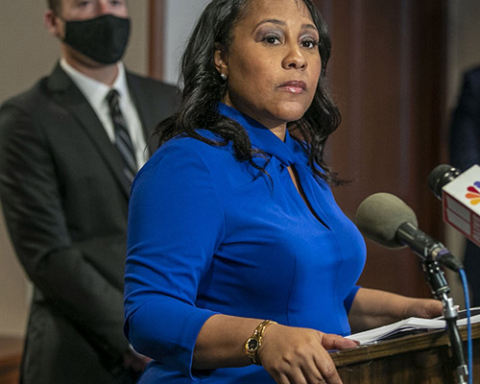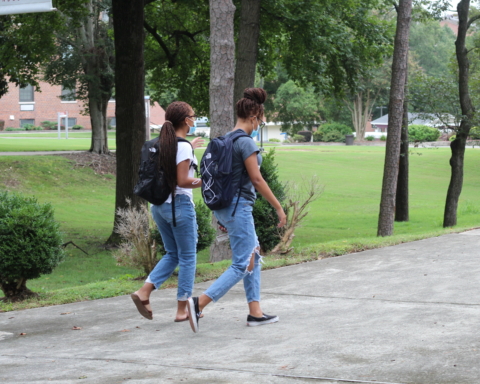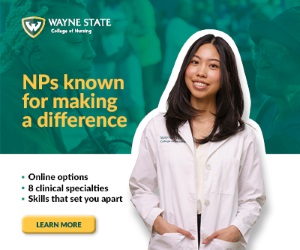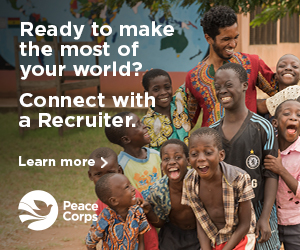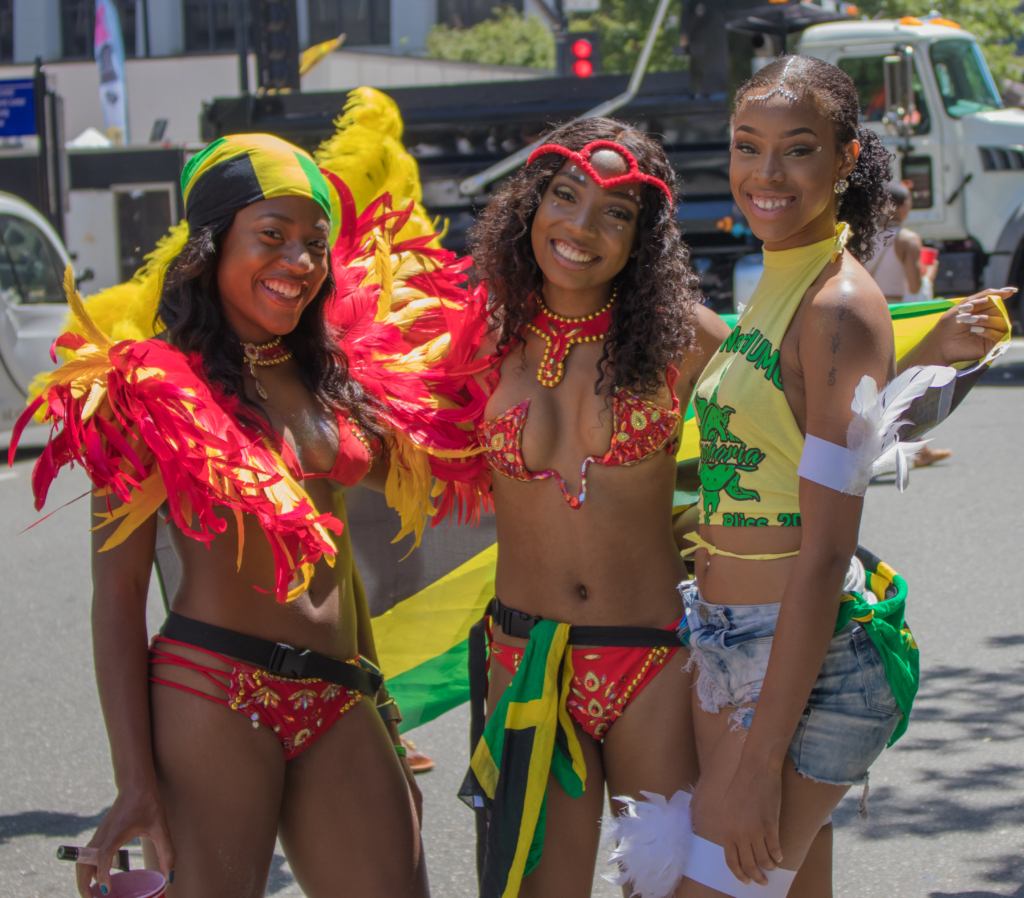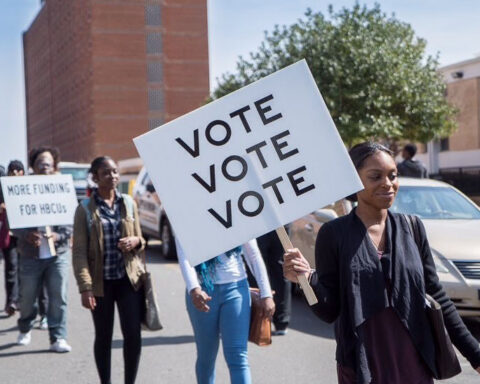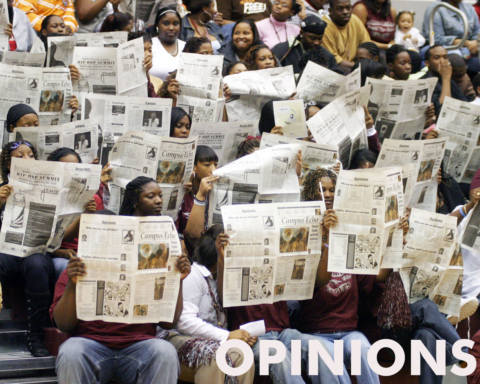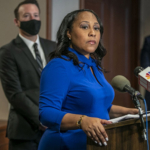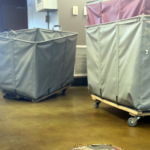As college students head back to school, some are anxious about navigating a new campus or getting lost on the way to their new classes. Others are anxious that protests or endless struggles over free speech will once again cast a cloud over their college experience.
But for students on track to graduate this year, one concern looms above all others: How on earth am I going to pay back my student loans?
Let’s take a look at how recent college graduates are doing:
Students who graduated college in 2017 held a whopping average of $39,400 in outstanding student loan debt. This marks an uptick from 2016 graduates, who held an average of $37,173 in student loan debt, prompting the CBS News headline, “Congrats, class of 2016: You’re the most indebted yet.”
Recent college graduates also pushed total outstanding federal student loan debt to $1.5 trillion held by more than 44 million borrowers; 4.7 million of those borrowers hold loans in default.
While unemployment for recent college graduates has fallen in recent years, underemployment remains extremely high: 43 percent of recent college graduates are underemployed, meaning that they are in fields that underutilize their skills, such as a Starbucks barista with a bachelor’s degree, according to a recent study by Burning Glass and the Strada Institute.
These numbers surely do not grant much optimism to students who are about to graduate from college and pursue the career of their dreams.
Surely any business with such a poor track record of success would prompt calls for significant policy changes, changes in leadership, or would simply face bankruptcy. Unfortunately, due to federal policies, schools can get away with a relatively poor track record of success and qualify to accept student loans and grants.
Fortunately, some universities are looking for innovative ways to put their money where their mouth is and ensure that their students have success after graduation.
Purdue University, for example, has started its “Back a Boiler” initiative, in which the school finances the tuition for students who wish to participate in exchange for a percentage of a student’s future earnings. This arrangement, also known as an income share agreement (ISA), incentivizes a school to graduate their students with the best possible skills to compete in the job market and secure a well-paying job. Purdue University has also been able to finance this program without raising tuition for the past seven years.
Proprietary schools focused on career and technical education are also experimenting with ISAs. App Academy for example, which teaches students to code, has granted their students an ISA option. This is particularly attractive opportunity for students who may want to supplement their education or are perhaps going back to school later in life and do not want to take on excessive student loan debt.
Policymakers must look at changes to the higher education system that will prevent the class of 2019, 2020 or 2021 from becoming the next “most indebted class yet.” Income Share Agreements are one option, but federal policies that pour more money into a broken system ultimately disincentive schools from lowering tuition or updating their curriculums to meet the needs of the changing workforce.
The class of 2019 will likely face the same struggles as graduating classes before them. But with reduced federal intervention in higher education and the emergence of innovative options that compete with the long standing status quo, there may be few classes that share their same fate in the future.
Story by Mary Clare Amselem
The Heritage Foundation (Tribune News Service)


